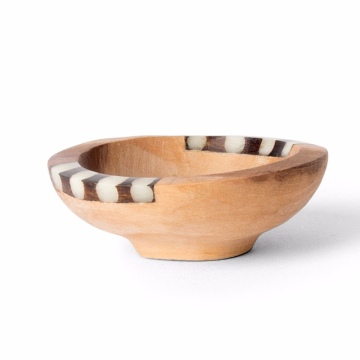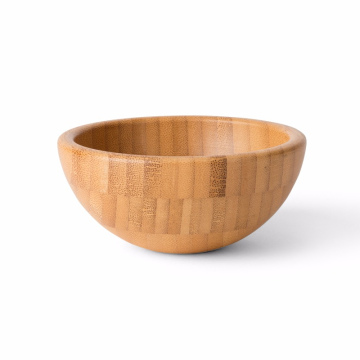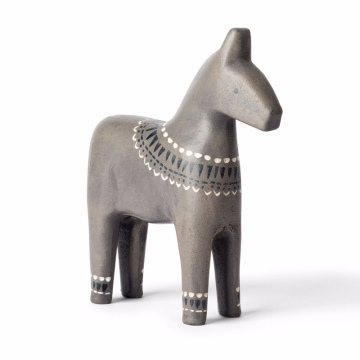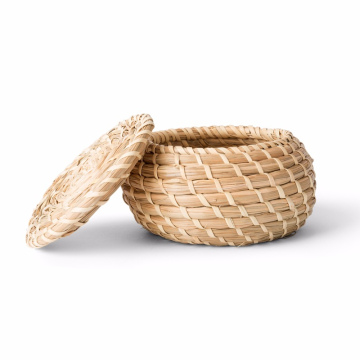Introduction to Ronda: A Brief Overview
Ronda, a picturesque city situated in the Malaga province of Spain, is perched dramatically on the edge of a deep gorge known as El Tajo. This breathtaking setting provides visitors with stunning views of the surrounding landscapes, making Ronda a noteworthy destination for travelers seeking both natural beauty and historical significance. Its geographical location, perched at an elevation of about 750 meters above sea level, contributes to its unique charm and appeal.
Historically, Ronda has played an essential role in the region's development. This city has roots that trace back to prehistoric times, showcasing a tapestry of cultures that have influenced its architecture, traditions, and customs. Ronda was a significant outpost during both the Roman and Moorish occupations of Spain. The remnants of these eras can be seen in the city’s impressive monuments, reflecting a harmonious blend of Moorish and Christian influences that characterize its architectural style.
Among Ronda’s most iconic landmarks is the Puente Nuevo, a remarkable bridge that spans the gorge and connects the two sides of this enchanting city. Completed in the 18th century, it stands as an architectural marvel and a symbol of Ronda’s impressive history. Additionally, the Plaza de Toros, one of the oldest bullrings in Spain, attracts visitors with its historical significance and cultural importance to the region. Ronda's charming narrow streets, adorned with traditional whitewashed buildings and vibrant flowers, provide an inviting atmosphere for exploration.
In essence, Ronda is a city that captivates the hearts of those who venture into its embrace. With its rich history, stunning landscapes, and fascinating attractions, it offers a delightful blend of past and present, promising an unforgettable experience for every traveler who arrives at this cliffside jewel of Spain.
Exploring Ronda's Architectural Wonders
Ronda, perched majestically on a cliff in the province of Málaga, is renowned for its stunning architectural highlights that mirror its rich history and cultural diversity. Central to this architectural marvel is the iconic Puente Nuevo, or "New Bridge," completed in 1793. This breathtaking structure spans the deep gorge known as El Tajo and connects the old and new parts of the city. The design exemplifies 18th-century Neoclassical architecture, characterized by its robust stone arches and breathtaking views over the gorge. The engineering ingenuity involved in the construction of the Puente Nuevo is an enduring testament to the craftsmanship of the period, utilizing local limestone that merges seamlessly with the surrounding landscape.
Another significant structure that commands attention is the Plaza de Toros, regarded as one of the oldest bullrings in Spain, dating back to 1785. This architectural gem showcases a blend of Baroque and Neoclassical influences, its circular arena enveloped by elegant columns and a richly decorated façade. The Plaza de Toros is not merely a venue for bullfighting; it also serves as a cultural hub, hosting numerous events and exhibitions that celebrate Ronda's heritage and passion for traditional Spanish festivities.
Equally captivating is the Casa del Rey Moro, a historic mansion that reflects Ronda's multicultural past. This property is renowned for its stunning gardens and a fascinating water mine, which descends deep into the rock. The architectural intricacies of the Casa del Rey Moro, with its Moorish design elements, transport visitors to a time when the Islamic influence was prominent throughout Andalusia. The combination of its lush gardens and the dramatic cliffside view enriches the narrative of Ronda’s past.
In conclusion, Ronda’s architectural wonders, from the grandeur of the Puente Nuevo to the historical significance of the Plaza de Toros and the Casa del Rey Moro, represent a vibrant tapestry of the city’s diverse cultural heritage. Each structure tells a story, inviting visitors to appreciate not only the artistry involved but also the intricate history that has shaped this cliffside jewel over the centuries.
The Cultural Heritage of Ronda: Traditions and Festivals
Ronda, a picturesque city perched atop a gorge in the Malaga province of Spain, boasts a rich cultural heritage steeped in history and local traditions. The vibrant cultural scene of Ronda is vividly illustrated through its annual festivals and events, which showcase the intrinsic link between the community and its historical roots. One of the most notable celebrations is the Ronda Fair, celebrated every September. This festival transforms the city into a lively hub of activity, offering visitors a taste of traditional music, dance, and gastronomy.
During the fair, the streets resonate with the sounds of flamenco, an integral part of Andalusian culture. Dancers adorned in colorful costumes perform passionately, captivating audiences with the rhythm of their feet and the emotive expressions on their faces. Flamenco showcases the artistic spirit of Ronda and serves as a joyful reminder of its diverse cultural influences. Additionally, various local dishes, such as "miranda" and "piononos," are central to the festivities, allowing attendees to indulge in the unique flavors of the region.
Another significant celebration is Semana Santa, or Holy Week, which occurs in late March or early April. This deeply religious event is marked by solemn processions that reflect compassion, devotion, and a strong sense of community. The elaborate floats, often adorned with intricate sculptures, are paraded through the streets, accompanied by the haunting melodies of traditional music. The rich symbolism and emotional atmosphere of Semana Santa reflect the profound connection between the locals and their faith, contributing to Ronda's cultural tapestry.
Local craftsmanship is also a vital aspect of Ronda’s cultural identity. Artisans produce hand-crafted goods ranging from ceramics to leatherwork, often inspired by the city’s history and natural beauty. By participating in these timeless traditions and myriad festivals, the people of Ronda preserve their heritage while fostering community bonds, ensuring that their distinct cultural legacy endures for generations to come.
Ronda: A Gateway to Nature and Adventure
Situated within the breathtaking landscapes of southern Spain, Ronda serves as an ideal gateway for nature enthusiasts and adventure seekers. The Sierra de Grazalema Natural Park, a short distance from Ronda, is renowned for its dramatic scenery and diverse ecosystems, providing ample opportunities for hiking and other outdoor activities. This park, a UNESCO Biosphere Reserve, boasts an impressive array of flora and fauna, making it a perfect backdrop for exploration.
Visitors to the Sierra de Grazalema can choose from various picturesque trails that cater to different skill levels. The hiking routes wind through rugged mountains, lush valleys, and enchanting forests, offering vistas that are nothing short of spectacular. The famous “ Caminito del Rey,” a pathway carved into the cliffs, presents a thrilling experience for those looking for an adrenaline rush, while other trails provide a more leisurely walk alongside crystal-clear streams and abundant wildlife.
The region is home to an array of wildlife, including the elusive Spanish ibex and numerous bird species that thrive in its natural habitat. Birdwatching enthusiasts will find joy in spotting the majestic griffon vulture and the rare Bonelli’s eagle soaring above the cliffs. This biodiversity makes Ronda and its surroundings not just a destination for historical exploration but also a vibrant ecosystem that offers recreational opportunities throughout the year.
For those looking to further enhance their adventure in Ronda, several local companies offer guided tours, fishing excursions, and horseback riding adventures. Day trips to neighboring towns, such as Grazalema and Setenil de las Bodegas, also provide unique cultural experiences amidst stunning landscapes. The combination of outdoor activities and breathtaking natural settings solidifies Ronda’s reputation as a premier destination for adventure seekers and nature lovers alike.








